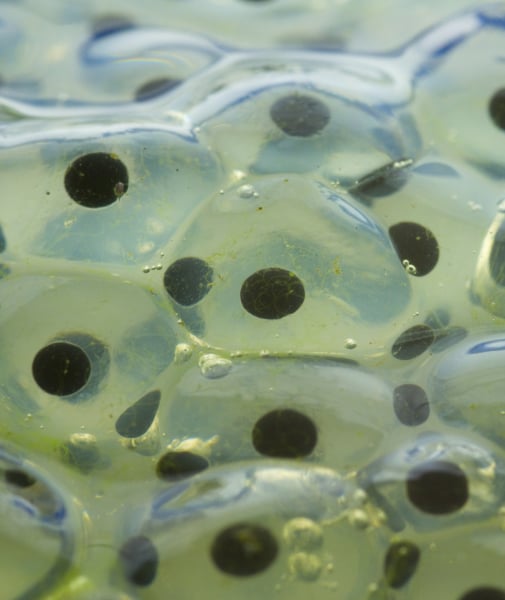
FROG EMBRYO CLONING LEADS THE WAY
The first instance of cloning that most resembles the process used today occurred in 1951 at the lab of Robert Briggs in Philadelphia. The nucleus of a tadpole embryo was removed and inserted into an unfertilized frog egg cell. Once it had a full set of chromosomes, the egg cell began to divide and grow as it would in nature. (Thinkquest)
Image via Getty Images/iStockphoto
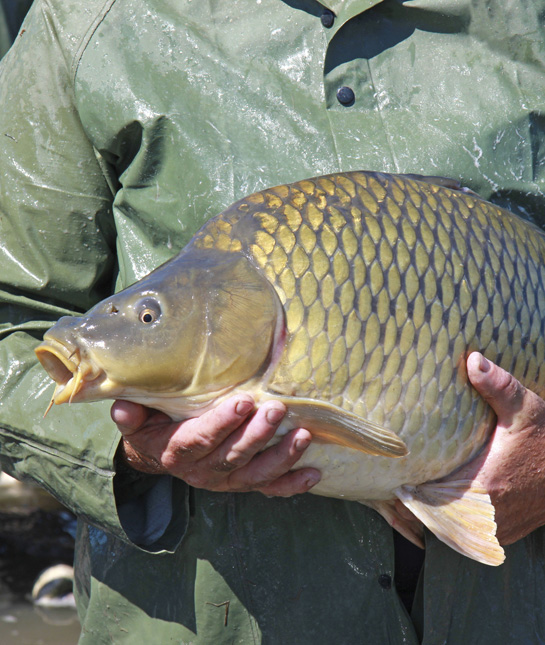
COMPLEX ORGANISM CLONED
The late embryologist Tong Dizhou of China is responsible for cloning the first complex organism. In 1963, Dizhou took the DNA from the cell of a male Asian carp and put it into the egg of a female Asian carp. The egg produced a fish that was able to eat, swim and reproduce normally. (Wired)
Image via Getty Images/iStockphoto
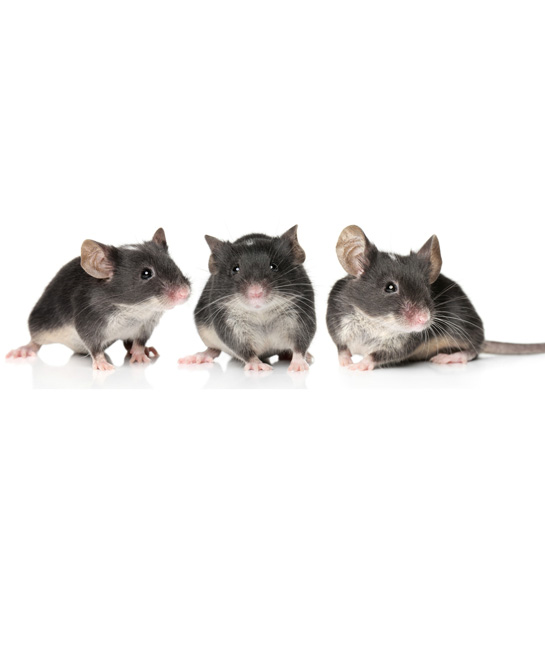
FIRST MAMMAL CLONING
With the birth of three cloned mice in 1981, scientists in Switzerland were the first to complete a successful mammal clone. The process occurred by taking nuclei from embryonic mouse cells and inserting them into the fertilized egg from another mouse. Each mouse was identical to the embryo from which it originated. (The New York Times)
Image via Thinkstock
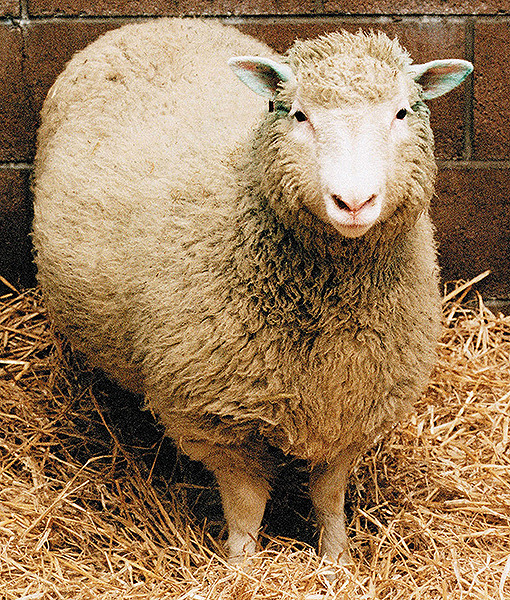
CLONING FROM AN ADULT CELL
Dolly the sheep is the face of cloning. She made headlines as the first clone to come from an adult cell. Prior to her birth in 1996 at the Roslin Institute in Edinburgh, all other successful cloning was done using embryonic cells. This experiment proved that adult DNA can be used to create another organism with identical genetic material.
At the age of 6, Dolly was euthanized after battling a lung infection. She was able to produce multiple offspring during her lifetime, all by natural birth. Dolly was taxidermied and is now on display at the National Museum of Scotland. (The New York Times)
Image via Getty
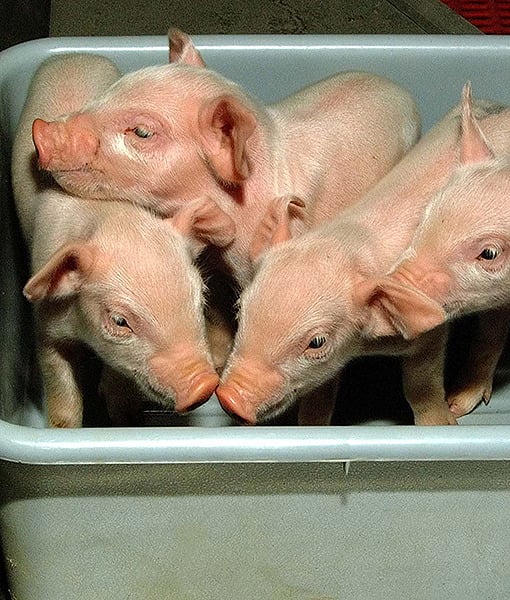
CLONING AND ORGAN TRANSPLANTS
With the advancement of cloning came hopes for animal-to-human organ transplant, or xenotransplantation. Pigs are considered to have the most compatible organs to humans, so the company behind the creation of Dolly the sheep set out to develop modified pigs whose organs and cells could be transplanted into people. The first batch of cloned piglets were born in March 2000 at the PPL therapeutics laboratory in Virginia. They were named Millie, Christa, Alexis, Carrel and Dot-Com. (ABC Science)
Image via PPL Therapeutics via BWP Media/Getty Images

DOMESTIC ANIMAL CLONING
Prior to the birth of Cc, or "Carbon copy," all cloned mammals had been farm animals. Created at Texas A&M University with adult cells from a Calico cat named Rainbow, Cc was born in December 2001. The feline clone proved that DNA duplication doesn't recreate personality (nor, even, the same fur patterns). The experiment was funded by a company that wanted to cash in on the earning potential of pet cloning. (Wired)
Image via Texas A&M University/Getty Images
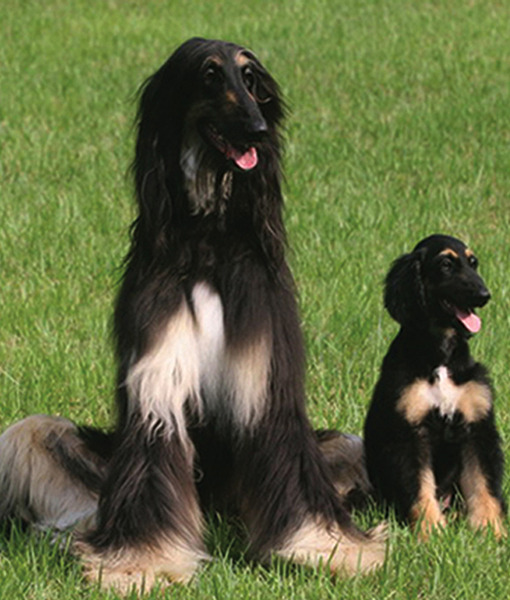
FIRST CLONED DOG
Snuppy the Afghan Hound got the honor of being the first clone of man's best friend. South Korean scientists at Seoul National University used ear-skin cells from a 3-year-old Afghan Hound named Tai for the procedure. Snuppy was born in April 2005. He is named after the institution where he was created ("S.N.U. puppy"). (National Geographic)
Image via Hwang Woo-Suk_Seoul National University/AP Photo
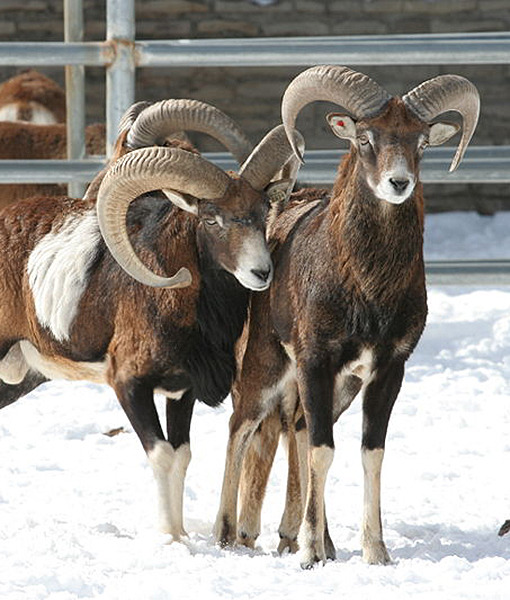
CLONING ENDANGERED SPECIES
A European mouflon, a small variety of wild sheep, was the first endangered animal to be successfully cloned. (An endangered Asian ox was cloned the year prior, but died of dysentery 48 hours after birth.) The mouflon cloning took place at University of Teramo, Italy, in 2001. A domestic sheep was used to bring the pregnancy to term, proving that endangered species could be birthed by surrogate mothers from a more common species. (National Geographic)
Image via Dave Pape/Wikimedia
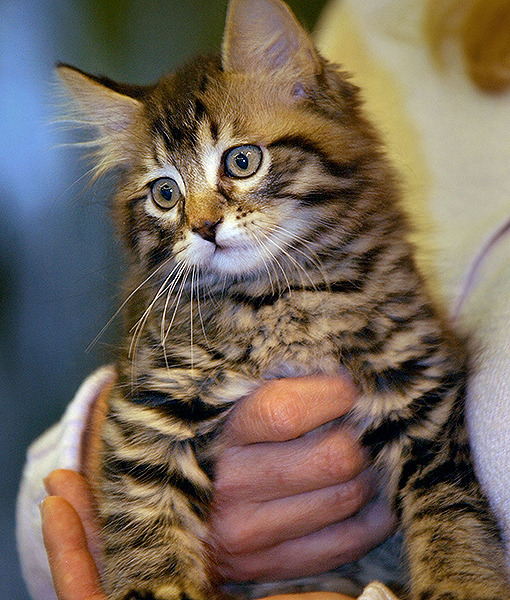
CLONING COMMERCIALLY
The business of cloning pets was first reported with the birth of Little Nicky in 2004. A Texas woman paid $50,000 for the kitten, a DNA match to her beloved cat of 17 years, Nicky. The owner chose to remain anonymous for fear of being targeted by groups opposed to cloning. (NBC News)
Image via Tony Gutierrez/AP Photo
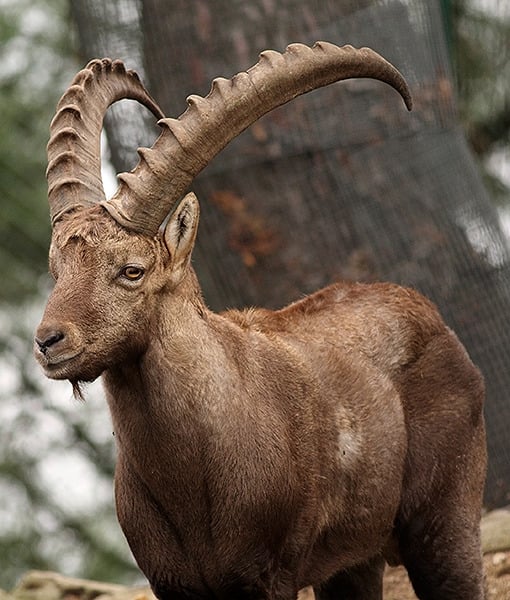
CLONING EXTINCT ANIMALS
Scientists have explored the ability for cloning to bring back animals that are extinct. A study published in 2009 reported that in 2003, the frozen skin cells of a bucardo, or Pyrenean ibex, were used to create a clone. The subspecies was declared extinct in 2000. The Pyrenean ibex clone died just minutes after birth. (National Geographic)
Image via Getty



